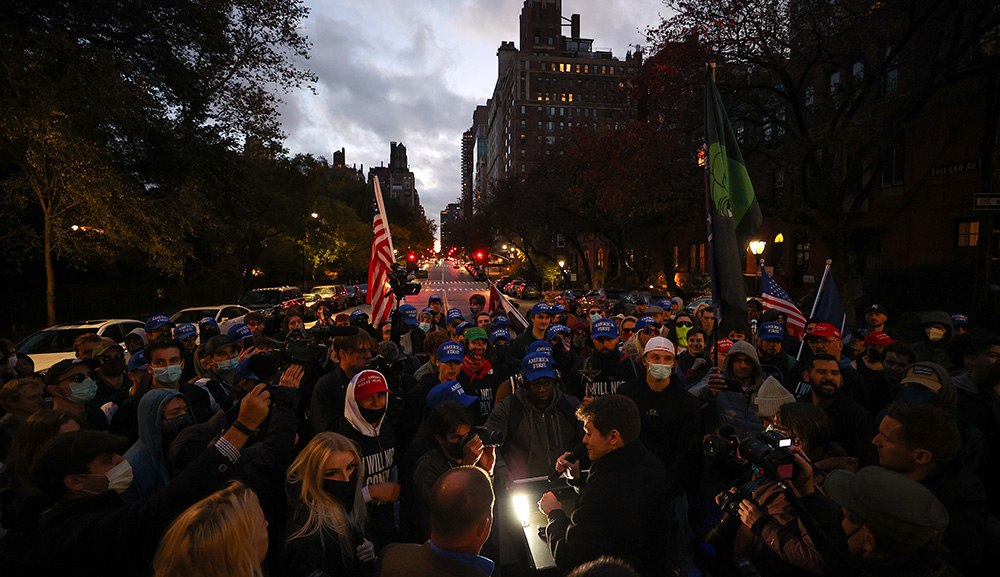The traditional liturgy for today—the fast day of Tisha b’Av, which commemorates the destruction of the First and Second Temples—includes a brief but central prayer describing Jerusalem as “laid waste of its dwellings, robbed of its glory, and desolate without inhabitants.” Since 1967, even some Orthodox Jews have advocated revising this text to accord better with today’s very different reality, although the majority have resisted change. Yet, argues Chaim Saiman, the observance of this day has changed radically, even in ultra-Orthodox circles, as evidenced, during the long interval between morning and late-afternoon/early-evening prayers, by the widespread practice of gathering in synagogue for lectures on the day’s themes or (for those in Israel) at the Western Wall to sing liturgical melodies.
Classically understood, Tisha b’Av . . . was not a time to feel close to God through Torah study, prayer, or thoughts of repentance as on the other fast days. Rather the focus . . . was on mourning, [enhanced by customs that produced] a disengagement from life and society and from any sense of routine. . . .
[T]he most dramatic shift in the tenor of Tisha b’Av has taken place in Israel, particularly at . . . what was once called the Wailing Wall. As the columnist known as Philologos notes, Western writers, Arabs, and Jews of the modern era all referred to the spot as the “Wailing Place” and then the “Wailing Wall,” following the Arabic appellation. Travelogues written in the 1870s indicate that wailing was the site’s primary activity—and not just on Tisha b’Av. Since 1967 however, Jews refer to it almost exclusively by the older, but less morose “Western Wall.”
In the past generation or two, the Wall has transformed from the focal point of Jewish wailing to the locus of Jewish pride, strength, and national resolve. The Wailing Wall is indeed no more. . . .
The afternoon videos and lectures and gatherings at the Wall [on Tisha b’Av] are all in tension with the spirit, if not the letter, of what until quite recently were accepted halakhic norms. [They] aim to create a more relevant and spiritually “productive” day, [drawing] on the modern preference for more affirming and engaging religious experiences. . . . Thus, the day that classical halakhah portrays as forlorn and empty, devoid of community, Torah, and song, is now commemorated—we might even say celebrated—through Torah study, community building, and [even] song.
More about: Judaism, Religion & Holidays, Tisha b'Av, Western Wall


